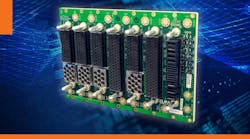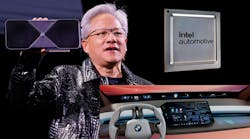Integrating wireless capabilities into products can be challenging for engineers who are not specialists in RF design, even when working with familiar technologies like Wi-Fi and Bluetooth. But those challenges become even bigger when the design project involves the new low-power cellular Internet of Things (IoT) protocols: LTE CAT M1 (CAT M1) and narrowband-IoT (NB-IoT). That complexity is driven by several interconnected factors:
- The complexity of cellular chipsets, which make them very difficult to work with for engineers other than true cellular experts.
- The need for a long list of niche expertise—including specific areas of embedded systems programming, expertise in time series-based architectures, and more—to build each segment of the connectivity pathways.
- The rigorous security and performance standards for the devices’ applications, including industrial and healthcare IoT use-case implementations.
- The hurdles involved in cellular certification, which are more rigorous than typically involved in products using other protocols.
- The sheer newness of the cellular IoT protocols, which means fewer resources and knowledgeable colleagues available for assistance.








